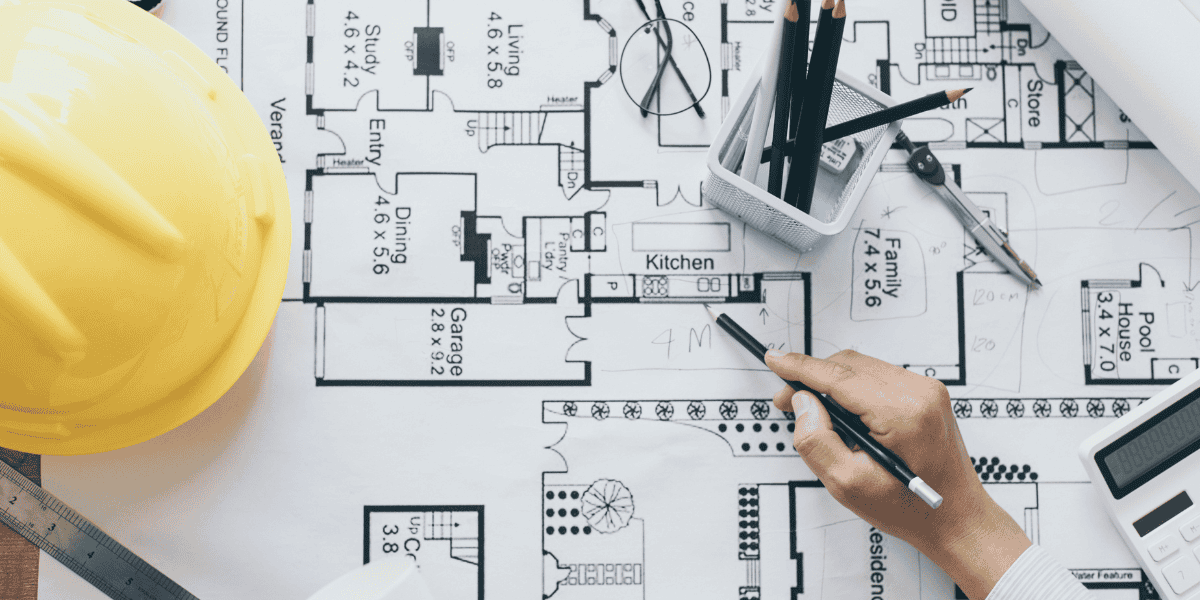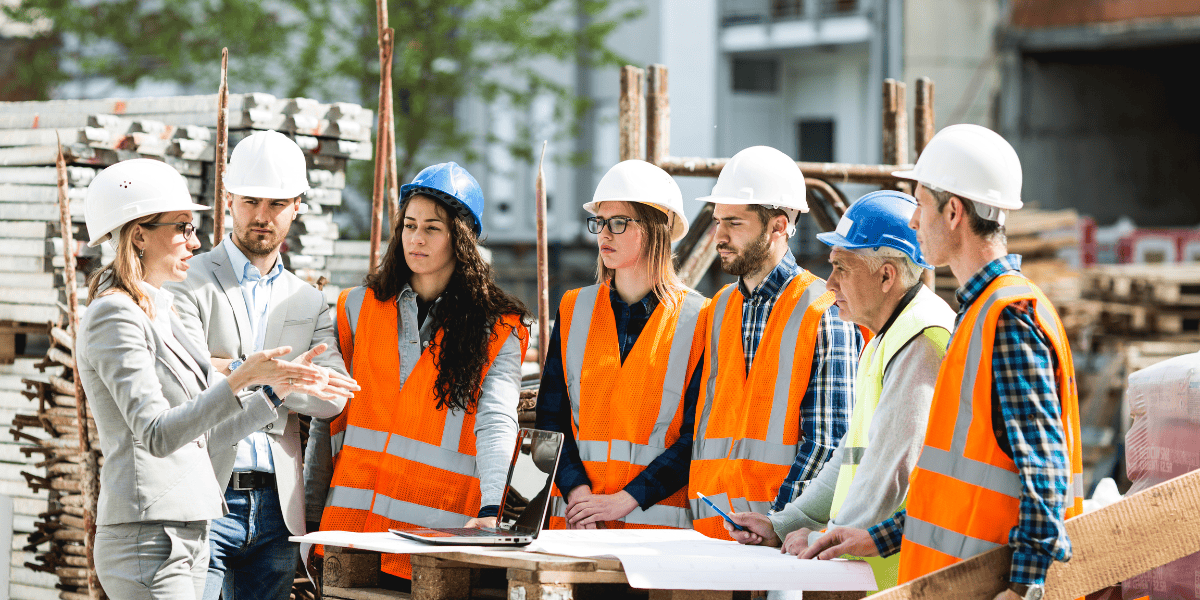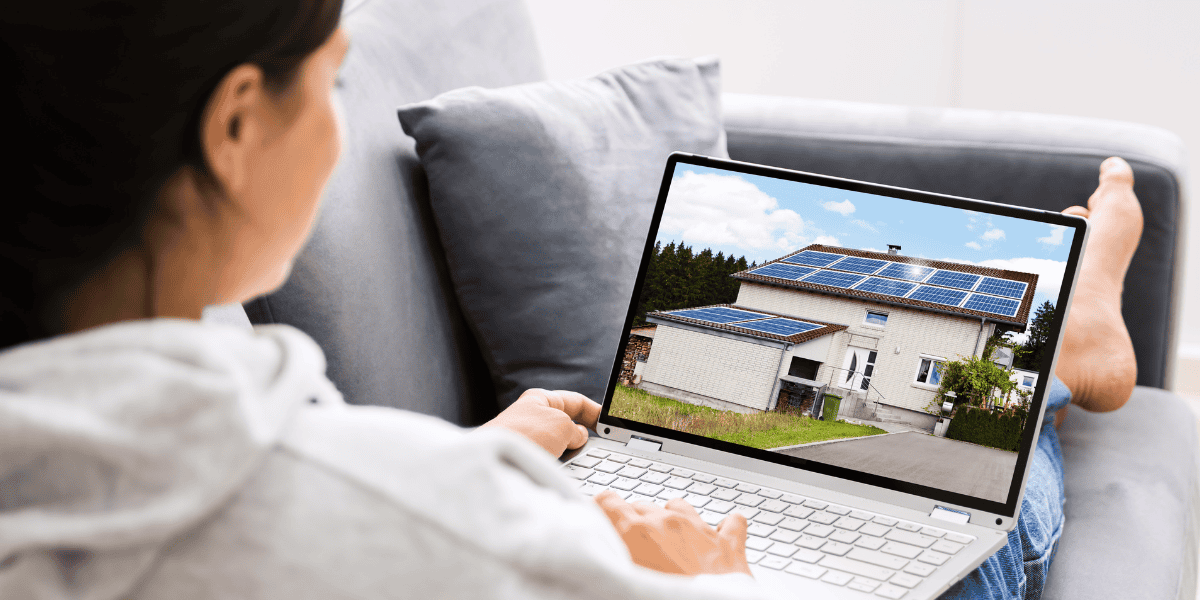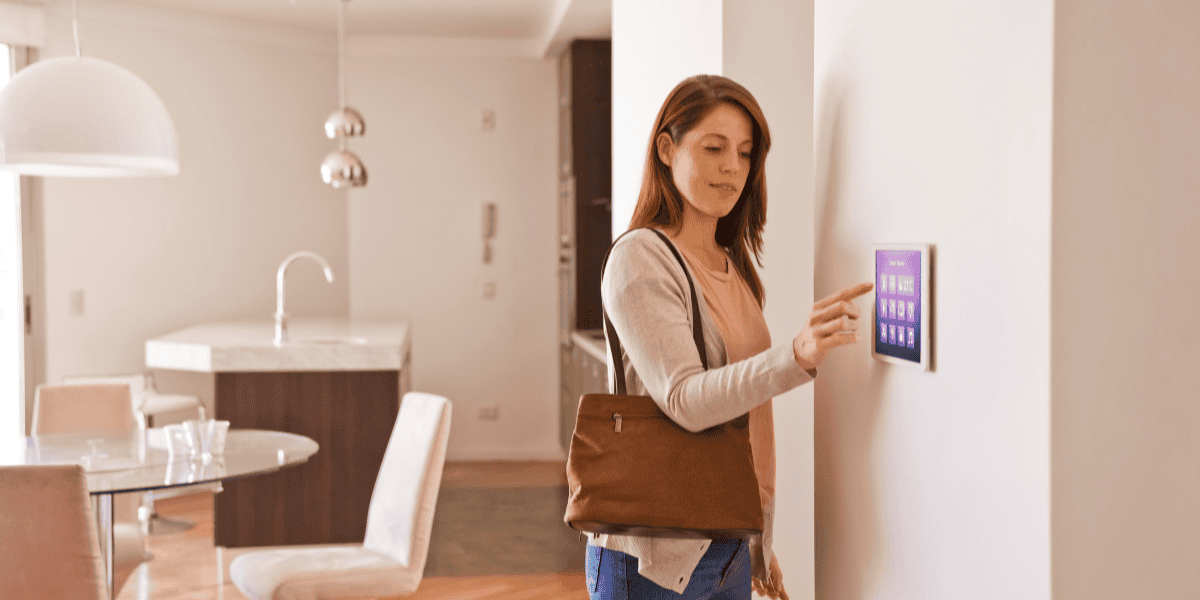How to buy a house out of state
The landscape of real estate has transformed. Buying a house out of state is now more feasible than ever and increasingly becoming streamlined through advanced digital tools and specialized services.
The shift from traditional, in-person real estate to a digitally-enabled, remote-first approach represents a significant trend. This evolution directly responds to the increasing mobility of the workforce and the maturation of real estate technology.
The availability of digital tools and specialized services for remote home buying and building confirms that acquiring and customizing a home from afar is achievable. Moreover, it can be optimized through a strategic, technology-driven approach. Explore our remote homeowner services to see how RemoteBuilder supports projects of every scale.
This transformation empowers individuals to manage significant life transitions with greater control and fewer geographical constraints.
This guide walks you through each step, from research and financing to inspections and smart home setup, ensuring confidence and control throughout your journey.
Phase 1: Strategic planning and market research
Before you begin your out-of-state home buying journey, you need a roadmap. This phase helps you assess lifestyle goals, identify the right location, and gather digital intelligence to guide your decision.
Define your ideal home and location
When buying a house out of state, clearly define your needs and wants. Prioritize location-based factors such as school districts, public transport, local climate, access to healthcare, grocery stores, nightlife, and lifestyle amenities. Determine whether you need proximity to airports, business hubs, or universities.
If considering a renovation or new build, list space-specific requirements such as a home office, outdoor deck, in-law suite, or flex space.
Create a checklist that includes non-negotiables (e.g., minimum number of bedrooms, walkable neighborhoods, safety ratings) and preferences (e.g., design style, backyard size, access to parks). This will help your remote team filter properties efficiently.
Use digital tools for market research
Rely on tools like Zillow, Redfin, and Realtor.com for listings, virtual tours, price history, and local market trends. These platforms allow buyers to filter by agent experience with relocation clients and read verified reviews.
Use Nextdoor or AreaVibes for hyper-local insights, including safety, traffic, community events, and school performance. Leverage tools like OpenHouse.ai for AI-powered property matching, and Bankrate’s calculators for cost-of-living comparisons. Subscribe to local podcasts and newsletters to understand civic updates, weather patterns, zoning news, and infrastructure developments.
Phase 2: Budgeting and financial readiness
Out-of-state purchases involve financial variables that many buyers overlook. In this phase, you’ll plan for true costs and set yourself up for fast, secure financing. When buying out of state, your budget must go beyond the home price.
Factor in:
- Down payment and mortgage type (FHA, VA, conventional)
- Property taxes (which vary by county)
- Homeowners insurance (risk zones impact pricing)
- HOA dues and community fees
- Utility setup costs
- Short-term rentals during transition (if needed)
- Emergency fund for repairs or upgrades
Example: While Hawaii has a low effective tax rate (0.26%), higher property values result in median annual property taxes over $2,000. Texas, with a 1.47% rate, has a lower average price point but a higher tax percentage. Consider both.
“View a full breakdown of property tax rates by state from the Tax Foundation.”
Get Pre-Approved Remotely
Getting pre-approved early helps you act fast in competitive markets. Use lenders that support remote mortgage processes.
Top platforms: Propy, eOriginal, and even larger banks with e-mortgage tools. Submit income docs, verify identity, and upload credit reports, all digitally. Always confirm the lender is licensed in the purchase state and compare APRs, closing costs, and lock-in periods.
If you’re self-employed or have variable income, prepare extra documentation. Ask if remote notarization is accepted for final paperwork.
Phase 3: Build your remote team
Buying remotely is a team sport. This phase helps you assemble trusted professionals, your boots on the ground, to act in your best interest. Find a tech-savvy real estate agent. Your agent should be more than a property expert; they’re your proxy.
Look for:
- Relocation experience
- Great virtual communication (text/email/video)
- Local connections with inspectors and attorneys
- Willingness to record walk-throughs, attend showings, and advocate for your lifestyle needs
See NAR’s advice on how to choose a real estate agent for relocation.
Interview at least 3 agents. Ask about:
- Past remote clients
- Familiarity with your desired neighborhood
- Their process for handling showings and offers remotely
- How do they communicate updates
Check licensing, reviews, and media appearances (e.g., articles, podcasts).
Hire trusted contractors for new builds/renovations
Whether you’re renovating a fixer-upper or building from scratch, reliable contractors are key. You can build a custom home remotely with RemoteBuilder through a streamlined digital-first process.
Use:
- RemoteBuilder for full-service coordination
- HomeAdvisor or Houzz for local reviews
- Background checks to confirm no litigation or violations
Learn more about how RemoteBuilder works for remote home buyers.
Evaluate:
- Project portfolio (request video tours)
- References (especially remote clients)
- Insurance, licensing, and permits
- Their digital project management tools
Learn about the tech veterans behind RemoteBuilder and their mission to simplify remote construction.
Phase 4: The remote home search
Distance shouldn’t stop you from touring homes. This phase explores how to inspect, evaluate, and select your dream property using digital tools.
Master Virtual Showings
Use tools like Matterport, Kuula, and 3D walkthroughs to visualize space. Request personalized video tours from your agent, focusing on:
- Natural light
- Floor transitions
- Closet sizes
- Exterior and roof condition
For new builds, ask for pre-construction visualizations and estimated completion timelines.
Schedule inspections remotely
For existing homes:
- Make “as-is” offers with inspection contingencies
- Hire local inspectors and join via video call
- Review thermal scans and drone footage of roofing or inaccessible areas
For new builds:
- Hire phase inspectors for each construction milestone
- Inspectors work for you, not the builder, and ensure quality at every stage
- Common phases: foundation, framing, drywall, final walk-through
Insist on a third-party 11-month inspection before the builder’s warranty expires.
Phase 5: Legal due diligence
Buying across state lines introduces legal complexity. This phase ensures you’re legally protected and fully informed.
Understand state laws and disclosures
- Laws vary significantly between states. Work with a real estate attorney who:
- Reviews all contracts
- Explains disclosure rules (e.g., flood zones, prior damage)
- Ensures the title is clean
- Advises on zoning or HOA restrictions
In some states, buyer’s agents or brokers cannot handle legal review, so legal help is a must. Ensure you:
- Conduct a title search
- Get title insurance
- Understand local escrow norms
RemoteBuilder offers help with paperwork, but legal interpretation must come from an attorney. Still have questions? Review frequently asked questions about remote renovations for more clarity.
Phase 6: Smart living and remote oversight
Managing your property remotely doesn’t stop at closing. This phase explores how to build, maintain, and enjoy your smart home from anywhere.
Build a smart, sustainable home. Smart home integration is essential for remote owners.
Choose:
- Smart locks (August, Yale)
- Security cameras (Ring, Arlo)
- Thermostats (Nest, Ecobee)
- Lighting (Philips Hue, Lutron)
Install a smart home hub: Alexa, Apple HomeKit, or Google Assistant for unified control. Ensure high-speed internet (consider mesh Wi-Fi like EERO).
Sustainable upgrades:
- Solar panels
- FSC-certified wood
- Low-VOC paints
- Rainwater harvesting systems
Use platforms like Houzz or Build with Nature to source responsible materials.
Manage Construction Remotely
Use software tools like:
- RemoteBuilder for full oversight (contracts, payments, visual updates)
- Buildertrend or Procore for scheduling, budgeting, and communications
- PhotoSentinel for remote time-lapse and site security
- Trello, Asana, or ClickUp for personal task tracking
These tools allow you to:
- Track progress daily
- Review change orders
- Approve completed milestones
- Communicate with designers and contractors in real-time
RemoteBuilder offers full-service renovation for remote homeowners, including contractor vetting, architectural planning, permits, and milestone-based payment protection.
Phase 7: Closing and transition
The final stage: signing, securing your new home, and settling in. This phase ensures your transition is smooth, even across state lines.
Use eSignature tools like Lone Wolf Authentisign or BoldSign for legal signing. RON (Remote Online Notarization) is now accepted in most U.S. states. Where not permitted, arrange a mobile notary. Ensure your agent or attorney provides:
- A closing checklist
- Access to final walkthrough photos or video
- Local contacts for follow-up inspections or repairs
- Post-Purchase Property Management
If you won’t live there full-time, hire a local property manager to handle:
- Maintenance
- Rent collection (if rented)
- Emergencies
- Utility coordination
- Consider concierge services to:
- Furnish and decorate
- Schedule utility setup
- Enroll kids in local schools
- Join community or HOA events
Conclusion
Buying a house out of state doesn’t have to be complicated or risky. If you’re ready to move forward, register your project and get matched with a vetted expert team.
With a strategic plan, the right tools, and trustworthy experts, it’s possible to find, inspect, purchase, and personalize your home entirely remotely.
From initial search to smart home integration, platforms like RemoteBuilder can be your partner every step of the way. Embrace technology, prioritize vetting, and turn your dream of remote ownership into reality.
Ready to get started? Schedule a quick call to discuss your remote project with our team today.










